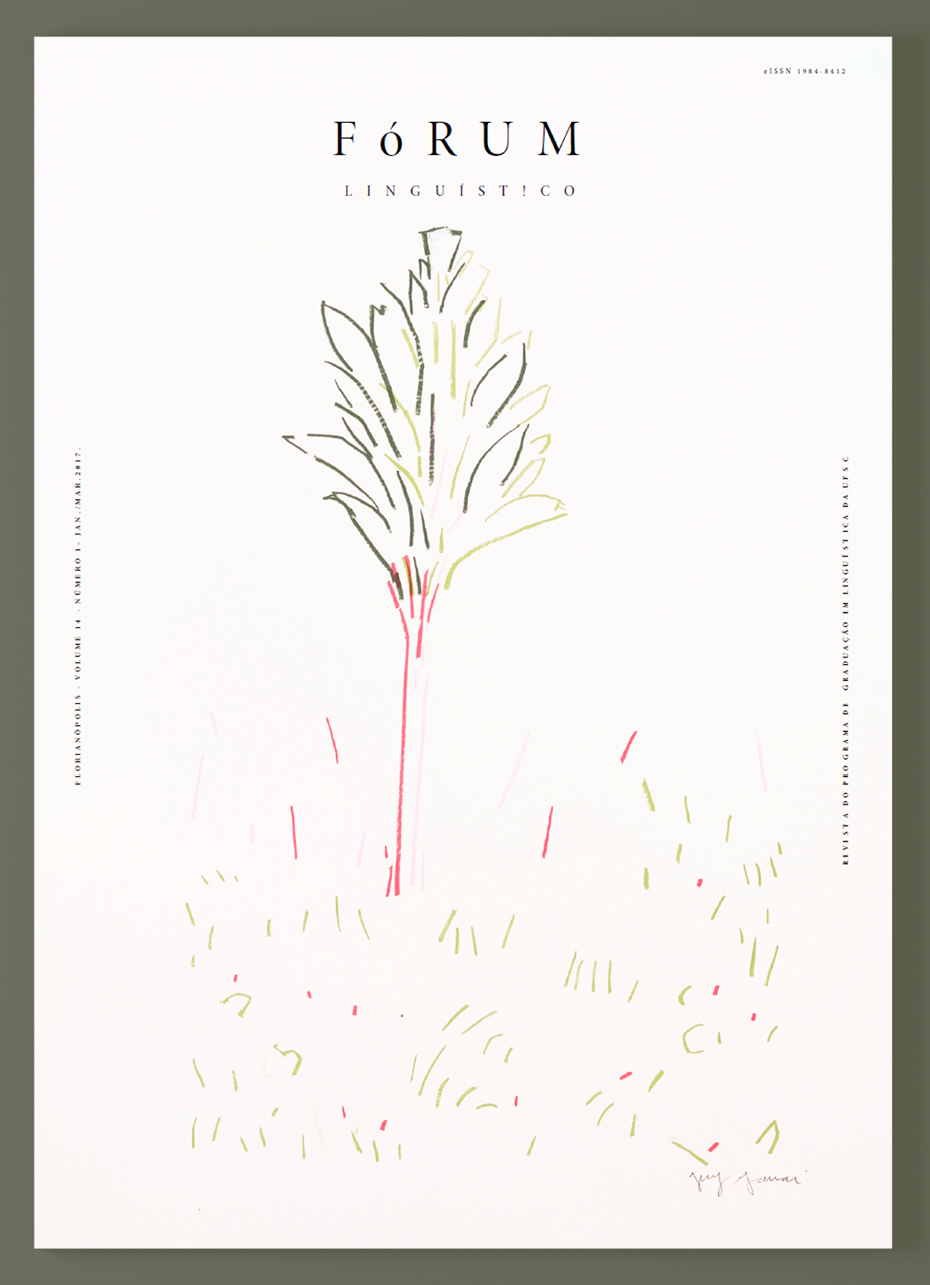Estrutura linguística e estrutura conceitual: interpretação escalar de um subevento causal
DOI:
https://doi.org/10.5007/1984-8412.2017v14n1p1735Resumo
Este trabalho propõe uma pesquisa em torno da simetria de comportamento verificada entre verbos de movimento direcionado e verbos de mudança de estado. O estudo levantará a ‘causatividade’ como um elemento-chave, responsável pela participação desses predicadores verbais em processos de alternância, como a alternância causativa. Além disso, será proposto que o operador causal está primitivamente atrelado à ideia de mudança (de estado e de localização espacial) e de distribuição escalar dessa mudança, o que demandaria a inserção do operador na representação lexical dos itens integrantes dessas duas classes, as quais compartilhariam ‘causatividade’, uma propriedade de estrutura semântica, contrastando com os verbos de modo de movimento.
Downloads
Publicado
Edição
Seção
Licença
Os trabalhos publicados passam a ser de direito da Revista Fórum Linguístico, ficando sua reimpressão, total ou parcial, sujeita à autorização expressa da Comissão Editorial da revista. Deve ser consignada a fonte de publicação original.
Esta publicação está regida por uma licença Creative Commons Attribution-NonCommercial-NoDerivatives 4.0 International License.



